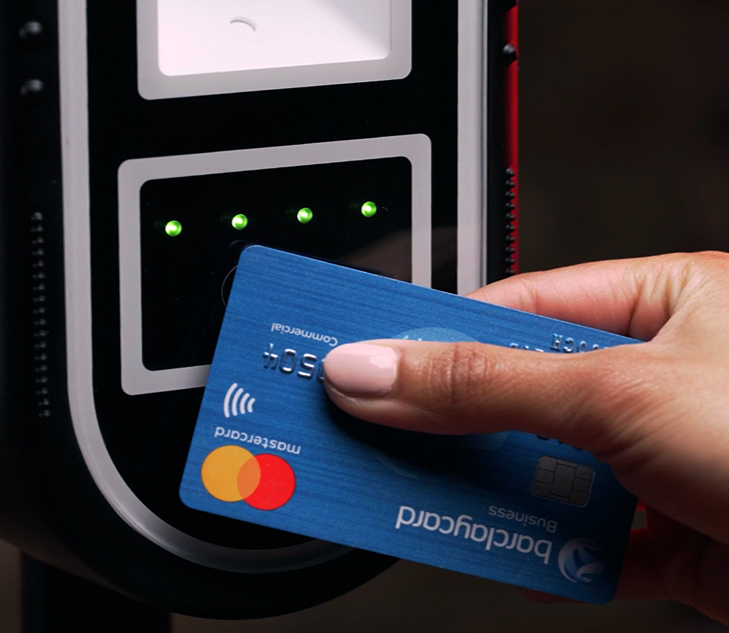
Article Highlights
Software-as-a-service ticketing platforms, which are increasingly used by transit agencies to quickly enable contactless and mobile ticketing, are starting to also enable open-loop payments with their cloud-based platforms.
The NEORide consortium is now installing more than 1,000 validators on buses through Masabi. The units cost $1,200 apiece, plus $425 per unit for installation, not counting warranty and training.
• Masabi
• Littlepay
• Cubic Transportation Systems
• NEORide Consortium
In what is believed to be a first, a transit agency in Europe plans to accept contactless credit and debit cards using a third-party software-as-a-service platform this summer, according to UK-based platform provider Masabi, although the company declined to name the agency. The project is expected to begin as a pilot.


















